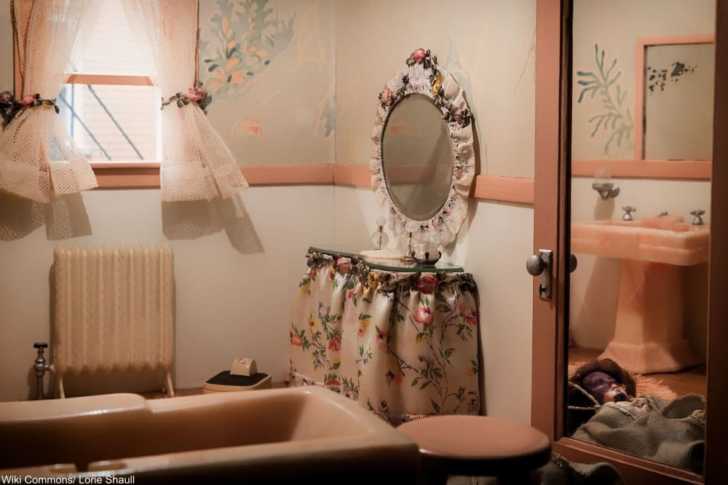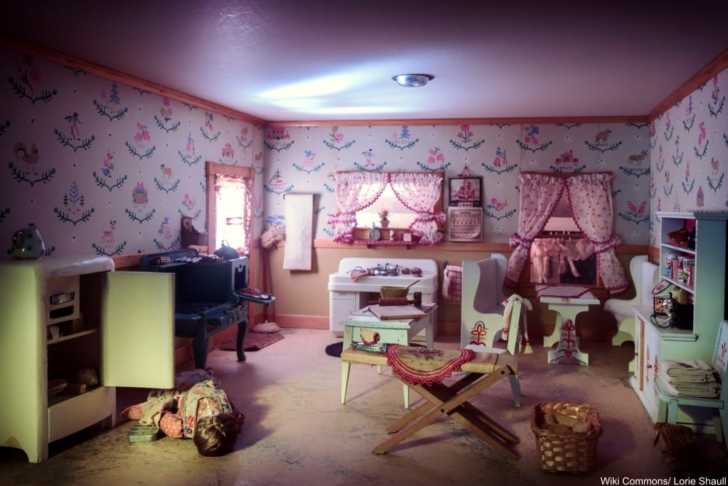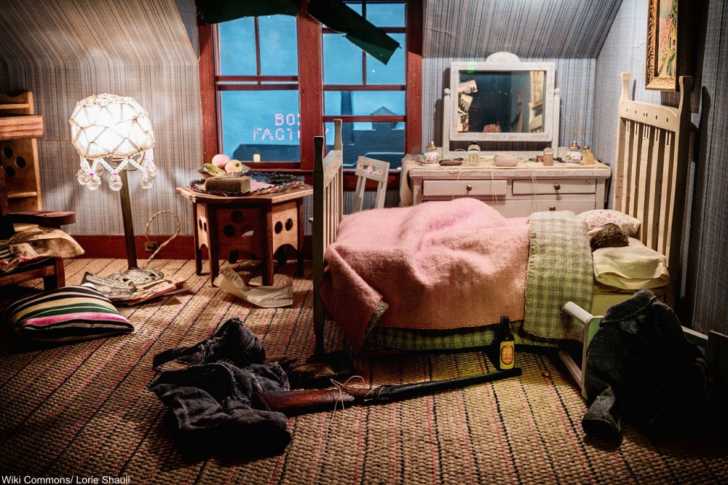The Meticulous Murder Dioramas That Nearly Bankrupted One Dedicated Heiress
These scenes are detailed, dollhouse-like, and downright deadly.
Lee’s death scenes were at one time on display at the Renwick Gallery in D.C. The dioramas were on loan from the Harvard Medical School where Lee established a training program through the Boston Police Department – the first of its kind. Depending on the angle of approach, it sometimes takes a minute to understand that the scene is not a lovingly-crafted dollhouse, but the forensic study of a dedicated theoretician.


Lee made these scenes her life’s work and no detail was too small for her focused attnetion. What’s truly amazing is that she started working on these small scenes in her 60s!

Via/ Wiki Commons


The truly compelling scenes live on as some of the most interesting intersections between “women’s work” and police work of the era. Lee’s work has not only inspired modern books (including a Perry Mason story), films, and television shows, but is still used to teach about crime.
If you enjoyed this click “Next Page” for the mystery of the baby mugshot!
SKM: below-content placeholderWhizzco for DOT

